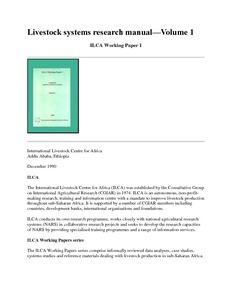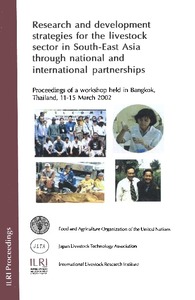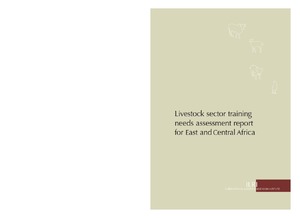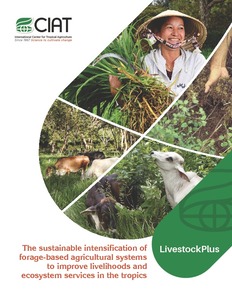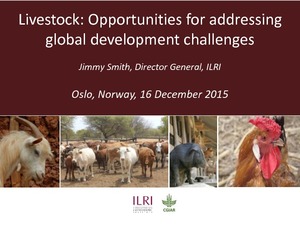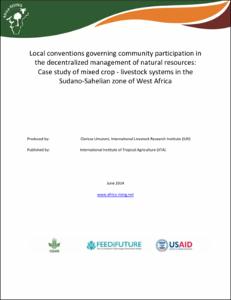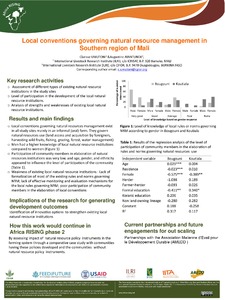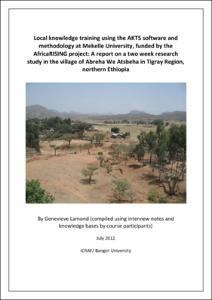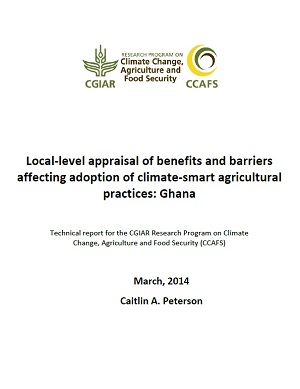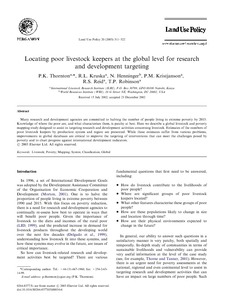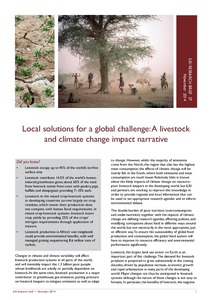Livestock systems research manual. Volume 1
Provides a brief outline of the theory and practice of livestock systems research, and presents the fruits of both ILCA's own long experience of livestock systems research and of expertise and efforts of others in the field. The manual may be of use to a wide audience, including those who need to study livestock systems in Africa in the context of development activities rather than research.

